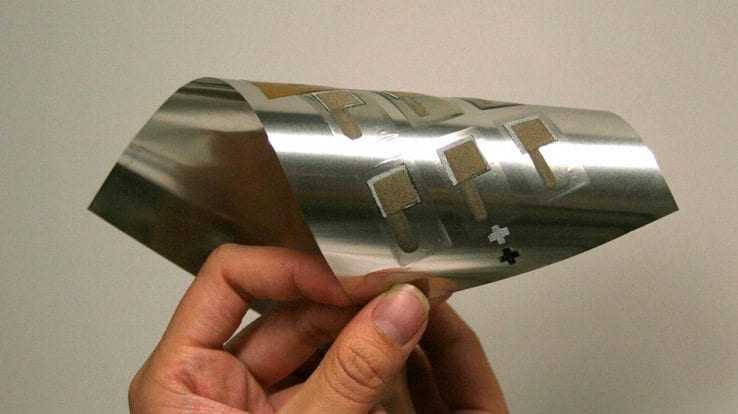Printed Batteries Market: Global Industry Trends, Share, Size, Growth, Opportunity and Forecast 2021-2026
28 October, 2021

The global printed batteries market exhibited strong growth during 2015-2020. Looking forward, the market is expected to grow at a CAGR of around 22% during (2021-2026).
Printed electronics is an umbrella term used for electronic devices created by printing on a variety of substrates. Printed batteries are one of the critical parts of printed electronics and use various active materials from solution-based inks. These inks are deposited under a substrate using suitable printing techniques, such as stencil, screen, dispenser and spray printing, and dip or blade coating.
Nowadays, a wide variety of printed batteries are available in the market, such as disposable and rechargeable batteries. Some of the commonly used anode and cathode materials utilized in printed batteries include Lithium titanate (LTO) and lithium iron phosphate (LFP).
Printed batteries serve as an excellent alternative to conventional batteries due to their cost-effectiveness, compact structure, flexibility and portability. On account of these properties, they are used in several applications, such as radio-frequency sensing, cosmetic and medicinal patches, greeting cards sensor, data logging systems, interactive packaging and other consumer electronics products.
The associated advantages, along with their increasing and diversified applications, represent the primary factors driving the market growth. Besides this, printed batteries are sustainable and environment-friendly, which can dramatically reduce material waste and enable faster production due to the less complicated fabrication procedures.
With the advancements in the Internet of Things (IoT) and wireless sensor technologies, there has been rapid adoption of these batteries, which is acting as another major growth-inducing factor.
Moreover, the leading electronics companies are developing printed cells using 3D printing technologies that are compatible with smart devices and exhibit minimal volumetric expansion, high rate capability, stability and security. This is expected to drive the market in the coming years.
